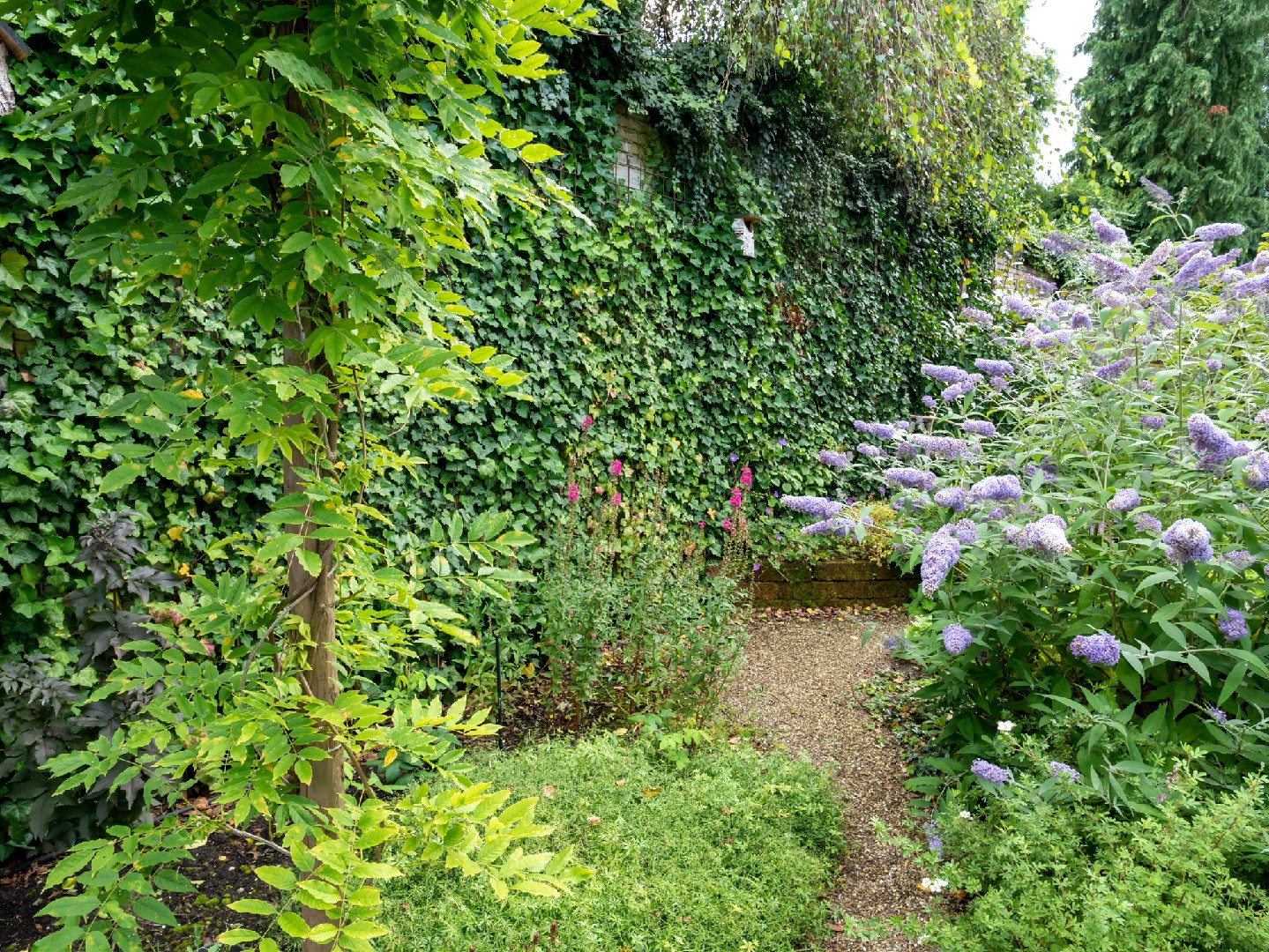![Rectangle]()
Understanding Landscape Design Basics
When it comes to DIY landscape design, understanding the basics is crucial. The core principles of landscape design, including color, line, form, texture, and scale, play a significant role in creating a cohesive and visually appealing garden. Let's delve into each of these principles and discover how to effectively integrate them into your landscape design.
Color is a fundamental aspect of any landscape. Understanding how different colors work together can help you create harmony and balance in your garden. Warm colors like red, orange, and yellow create a sense of energy and excitement, while cool colors like blue, purple, and green evoke calmness and serenity. By combining these colors strategically, you can create focal points or direct attention to specific areas.
Line is another essential element of landscape design. It refers to the direction or movement created by various elements in your garden. Horizontal lines, such as pathways or retaining walls, can convey a sense of stability and calmness, while vertical lines, such as trees or tall structures, add height and drama to your landscape. By incorporating different line types, you can enhance the overall visual appeal of your garden.
Form relates to the shape and structure of the elements in your garden. It includes both the overall form, such as the shape of your garden beds, and the individual form of plants and hardscaping elements. Varying the form of your plants and hardscape can add interest and prevent monotony in your design. For example, pairing rounded shrubs with spiky flowers creates a pleasing contrast.
Texture refers to the visual or tactile quality of the surfaces in your garden. It can range from smooth and shiny to rough and coarse. Incorporating a variety of textures can make your garden more visually compelling. For instance, pairing smooth river rocks with feathery grasses creates an interesting interplay of textures.
Scale is the proportionate relationship between different elements in your garden. It ensures that the size of plants, structures, and features harmonize with each other. Achieving the right scale is crucial for creating a balanced and visually pleasing design. For example, planting small flowers in front of a towering tree can create a disproportionate effect.
Now that we have covered the core principles of landscape design, let's discuss how to effectively integrate them. Firstly, start by analyzing your space and identifying its strengths and weaknesses. Consider factors such as sunlight exposure, soil conditions, and existing features. This analysis will help you make informed decisions when choosing plants and designing your layout.
Next, create a focal point or a central area of interest in your garden. This could be a stunning flower bed, a beautiful sculpture, or a cozy seating area. By establishing a focal point, you can guide the viewer's eye and create a sense of cohesion in your design.
Lastly, don't be afraid to experiment and take risks. Landscape design is a dynamic process, and your garden will evolve over time. Be open to making changes and adapting your design as you gain experience and learn more about your preferences.
By understanding and effectively integrating the core principles of landscape design, you can create a garden that reflects your personality and enhances your outdoor living space. So, grab your gardening tools and start harnessing your green thumb today!





